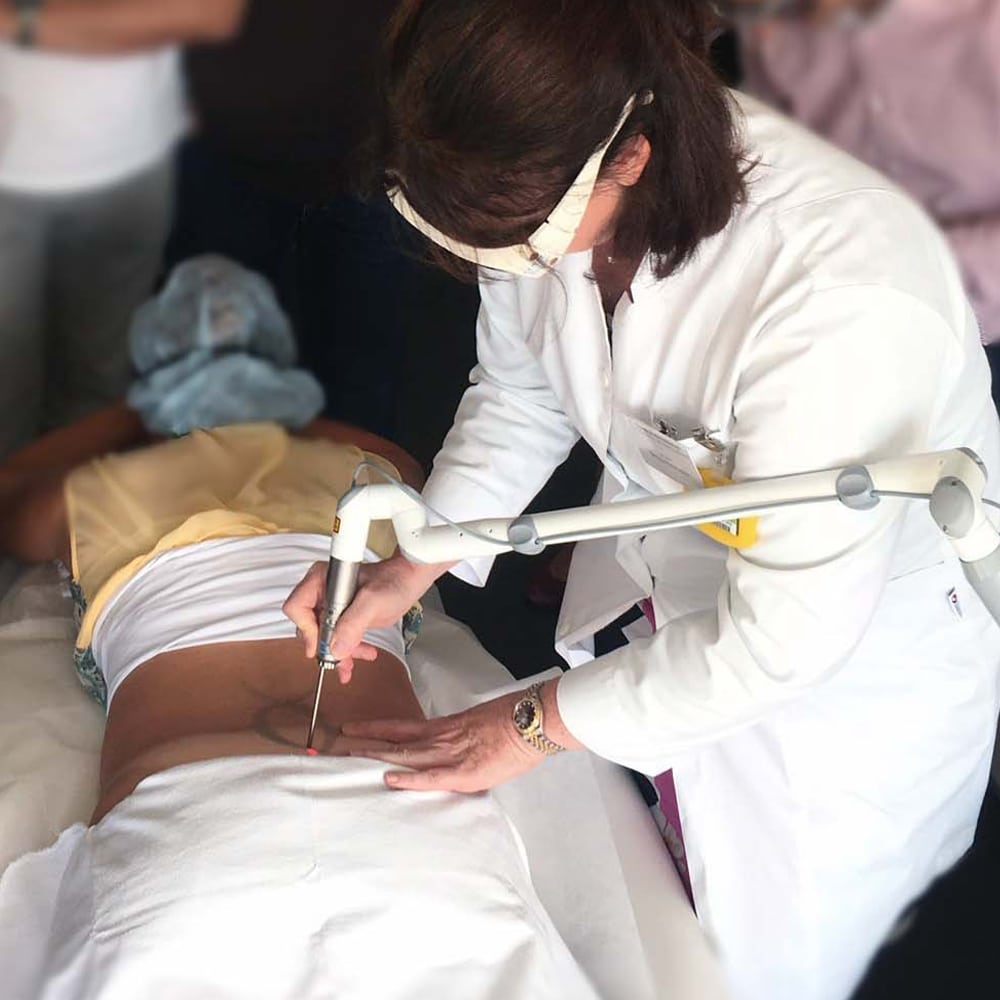A tattoo should be well thought out. If you have decided, it is possible that one day you no longer like the motif. An option is then a so-called cover-up tattoo, which is the old image artfully covered. To achieve a good result, a laser treatment can be helpful.
A tattoo is a decision for life - at least that was the case when there were no effective methods for removing a tattoo. Often, tattooed people do not wish to remove the tattoo completely, but to cover them up by means of a cover-up tattoo. The new tattoo is therefore almost always larger, darker and denser to conceal the fact that there is another one underneath. If the design was originally already very large and dark, this can be very difficult. Therefore, nowadays more and more tattoo artists recommend a so-called cover-up preparation, in which the original tattoo is first lightened before another motif is stung over it.
How a tattoo works
Tattoo artists bring by means of a tattoo machine, which produces about 120 stitches per second with a thin needle and so shoots the ink under the skin. This penetrates the top layer of skin (epidermis) and the ink lands in the dermis, a leathery layer of skin, which is about 1-3 millimeters below the skin surface. Here the color pigments spread and form the tattoo. Such a pigment has a diameter of about 30 to 50 nanometers and is thus about the same size as a skin cell.
Tattoo removal or lightening by laser
If the skin painting is then to be removed again, treatment with q-switched or Q-switched laser is recommended. It can break up the color pigments while the surrounding tissue is not damaged. Macrophages (scavenger cells) can remove the color thus fragmented. Thus, in most cases, a scarless tattoo removal is possible.
Treatment with the Q-switched NeoDymYAG laser is a recognized, low-complication and tissue-conserving method. It is basically used to remove tattoos and other pigmentation. Black, dark blue and red colors are the easiest to remove. In case of multicolored tattoos and depending on the depth of the tattoo, it may be necessary to use different lasers. We have special laser heads for all colors available in our practice. The time required for a complete tattoo removal is 5-12 treatments at eight-week intervals. For a complete removal you can count on a treatment time of up to two years, for lightening before a cover-up tattoo of course much less, but even here the quality of the treatment is very important. There should be no scars whatsoever and this requires good equipment and a good technique. Blistering and bleeding are not a good sign. They show that overdosing has occurred. After a treatment, wound care is applied for a few days and the laser site is protected from the sun.




